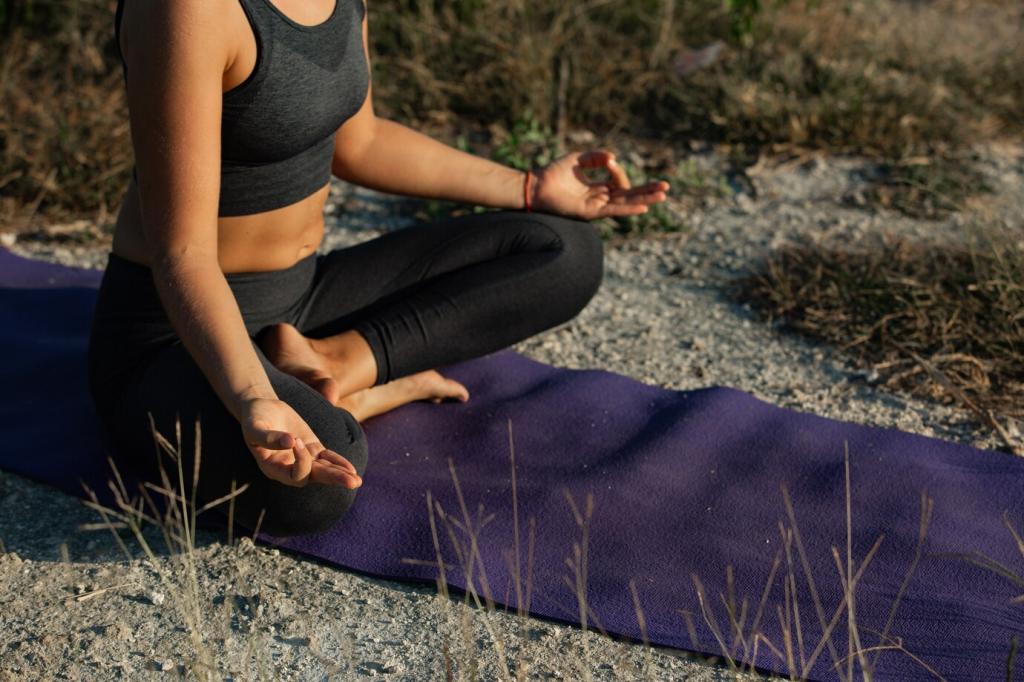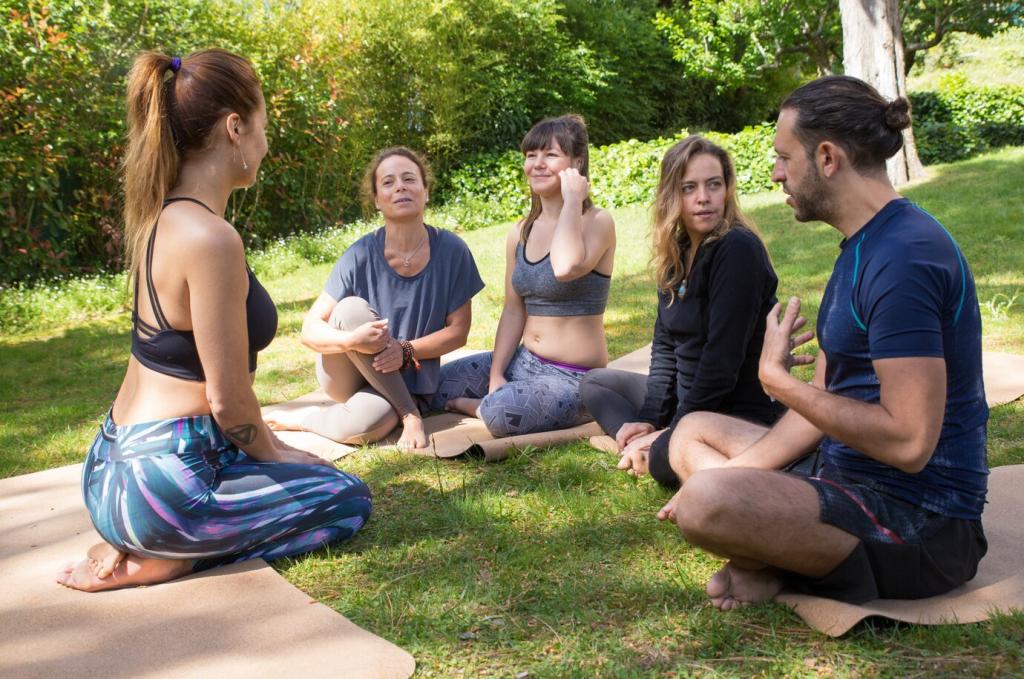Declutter Rituals and Simple Storage
Before meditating, set a timer for sixty seconds. Return stray items to a basket, fold your blanket, and clear surfaces. This micro-ritual becomes the on-ramp to stillness.
Declutter Rituals and Simple Storage
Store cushions, incense, and journals in a lidded basket or bench. When items have homes, your mind does too. Post your favorite storage trick to help the next beginner organize.












